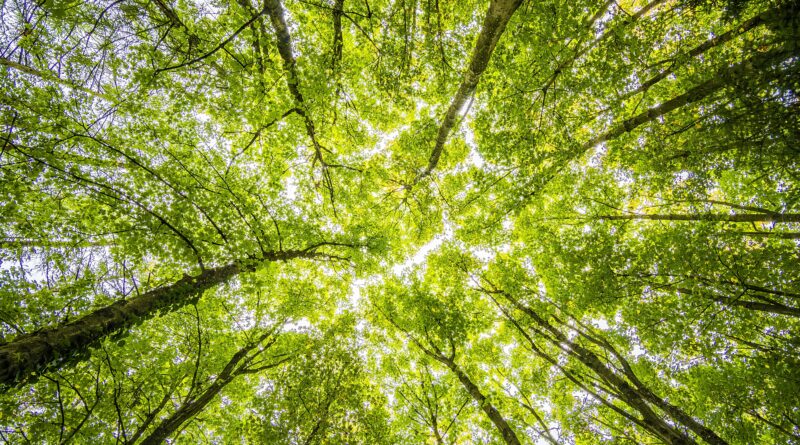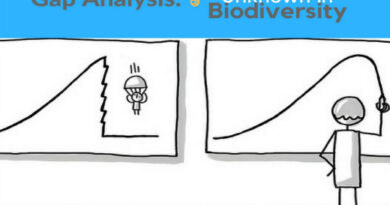Impacts of the Covid-19 Pandemic on Biodiversity Conservation: Is it for the worse?
It was the last year of 2020 when we’ve all witnessed the worldwide disruption brought by the Covid-19 pandemic. Posing as a global health threat, it drastically impacted the way we function in our society. Consequently, it challenged many aspects of our normal world including biodiversity conservation.
Practitioners who work firsthand on biodiversity conservation were known to either have caught the virus or faced several restrictions to operate in their standard research routines (1). This alone could have prolonged or stopped the recording of observations and measuring of research results, which would have contributed to important research solutions. Who knows if we’ve missed world-changing findings that may have revealed themselves through data. Research facilities were needed to be shut down and, all forms of training and communications had to be migrated online (1), just as true with all other industries around the globe.
Human impacts to the environment and the effects of such has meanwhile dropped among the ranks of immediate global priorities as we put on red alert on the response to the pandemic and, working out on the cure and prevention of spreading out further.
It may still be too early to evaluate the wide-arrayed changes that this Covid-19 virus brought to our biodiversity, but here are a few snapshots observed on the duration of the outbreak:
1) It seems that many life forms and their natural habitats are benefiting from reduced human disturbances. Corlett et. Al. 2021 reports that some wild species were found in parks and beaches, where there were no sightings of them for a long time. Arora et al 2021 suggest that the lockdown caused a 500% decrease in sewage and industrial wastes in rivers. It also showed to significantly improve water quality and reduced noise level of up to 68%. Chitra et al 2020 state similar observations regarding improved qualities of air and water and, restoration of pristine forest habitat. And so, wildlife species gaining freedom of movement, migratory birds staying longer, and having reduced injuries from water contaminants.
2) It also improved the air quality in many places, such as the case of Southeast Asia. Satellite images revealed that the major gas pollutants like carbon monoxide (CO), nitrogen dioxide (NO2), and sulfur dioxide (SO2) have significantly gone down because of the lockdown measures which limited vehicular movements and demanded less energy and, led to less sulfur dioxide SO2 emission (2).
3) Practical conservation went on despite the challenges. Dedicated workers continued to patrol and guard vulnerable wildlife in national parks and protected areas amidst the threats of the pandemic and the loss that came with it (1).
4) The pandemic also caused a global economic recession directly impacting both biodiversity and conservation. It seems that funding is potentially reduced as it is directed to pandemic-related analysis (1,3). The subsequent closure of ecotourism sites caused the loss of livelihoods for many locals. Paxton 2021 explains it clearly, that wildlife tourism provides a big contribution to reducing poverty and biodiversity conservation, and needs to be viewed as a large corporation employing tens of millions of people, many of them vulnerable, and living in rural areas.
Is it for the worse?
The Covid-19 outbreak mirrors an aspect of the current state of the relationship between human health and ecosystems health. Being zoonotic in nature, this virus came from animals and somehow made its way to cross over to humans (5). The chances of this happening, like any other infectious diseases of this type, increase only in increasing environmental pressure such as habitat fragmentation and degradation and, live wild animal trades (1,5). Since this vulnerability has revealed itself, it can then be turned around, and set as a target both for research and policy. We need to come to a point where we consider this if we are to look forward to long-term solutions. Currently, much of the focus is on the immediate response to the pandemic and ways to contain it (6).
Social distancing in biodiversity conservation opened up more innovative ways to interact and collaborate among researchers. More participants and stakeholders are able to contribute their data (6). Remote work involving data management, digitizing of records, coding, among other tasks continued online but these are a small part of conducting research, and new solutions will be required soon for major research projects to continue (1).
This challenge calls for a more dynamic approach to conducting biodiversity research perhaps as we’ve never done before. As it demands more collaborative work, data recording, and sharing from being in different parts of the world, more unity also needs to be mustered. We can be ready for it, as we focus our values on helping people and protecting our environment.



